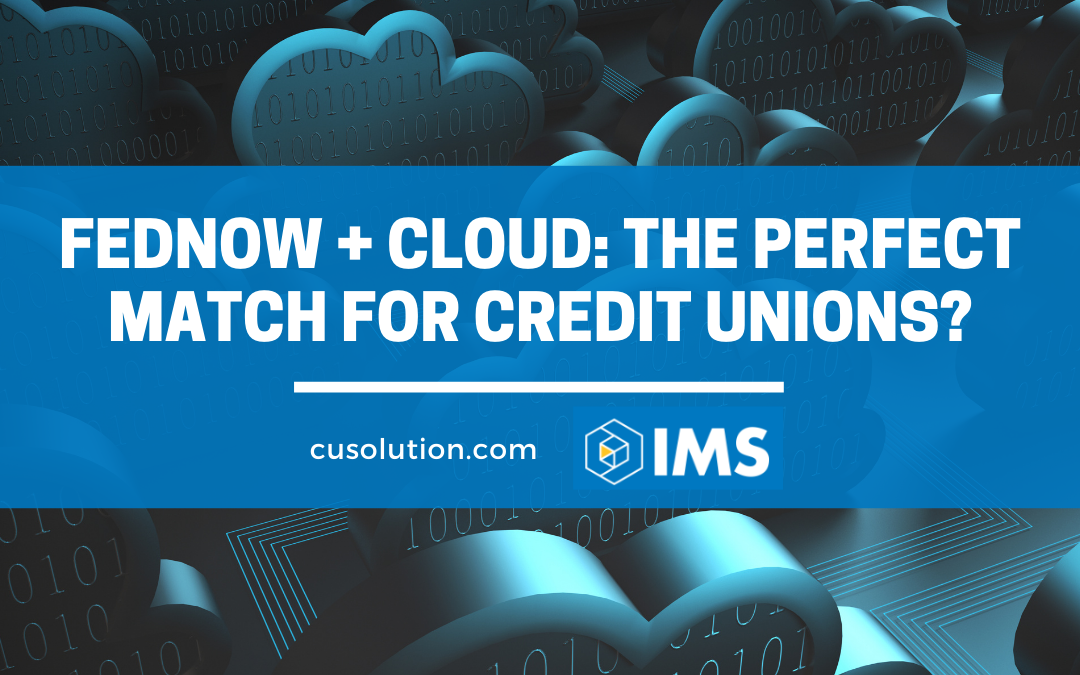
by admin | Sep 21, 2023 | Credit Union Resources, Cybercrime, Cybersecurity
As the financial services industry faces an unprecedented surge in attempted fraud, credit unions must strengthen their defenses to protect their assets and members’ data. Fraudsters continue to evolve their tactics, making it crucial for credit unions to...

by admin | Sep 7, 2023 | Cloud Computing, Credit Union Resources, IaaS
The financial landscape is going through a significant shift with the launch of the Federal Reserve’s instant payments service, FedNow. Designed to enable real-time payment processing, this service is set to revolutionize the way financial institutions...

by admin | Jul 25, 2023 | Credit Union Resources, IaaS
In today’s rapidly changing financial landscape, credit unions face increasing competition from traditional banks and fintech companies. To stay relevant and continue providing exceptional member experiences, credit unions must find innovative ways to...

by admin | Jul 11, 2023 | Credit Union Resources
The Small Business Administration (SBA) recently made changes to the 7(a) and 504 lending programs, which have the potential to negatively affect credit unions and their borrowers. These changes aim to increase participation in the programs but experts believe...

by admin | Jun 26, 2023 | Business Continuity Planning
As a credit union, staying up to date on regulatory trends and concerns is crucial to ensure compliance and avoid penalties. With the ever-changing landscape of financial regulations, it can be challenging to keep track of the latest developments. That’s...





